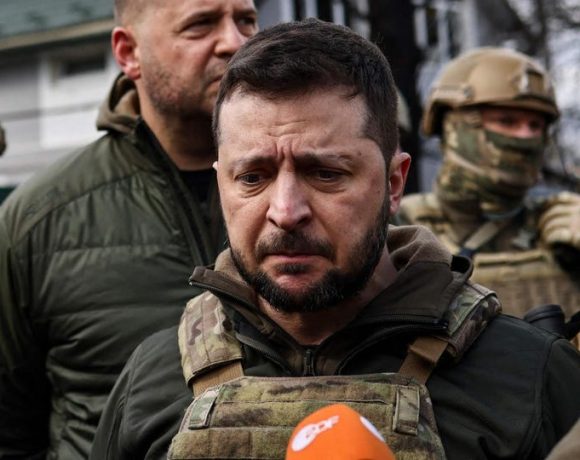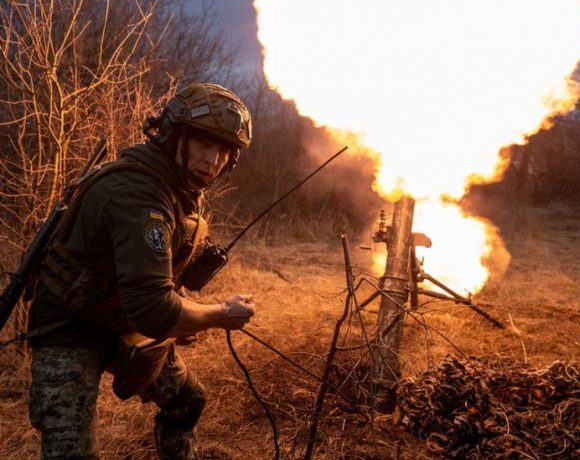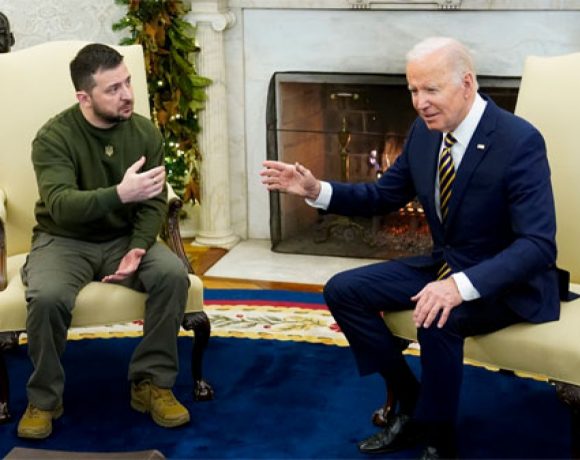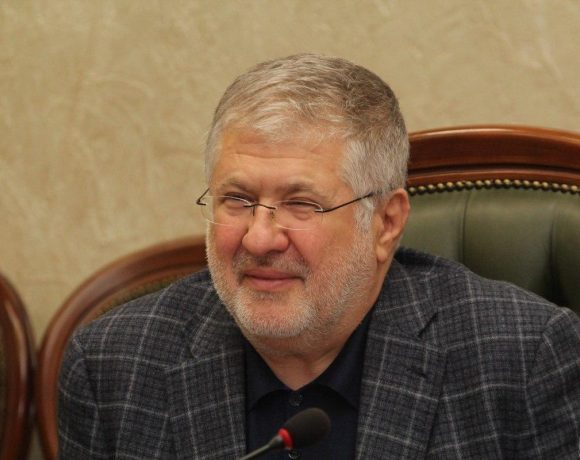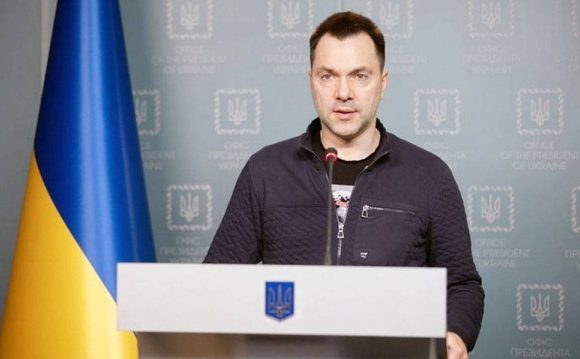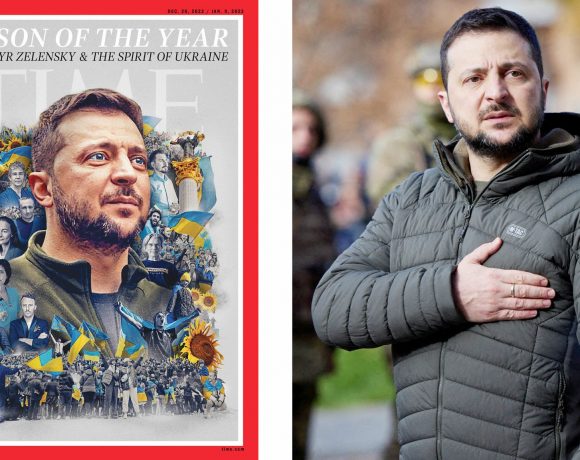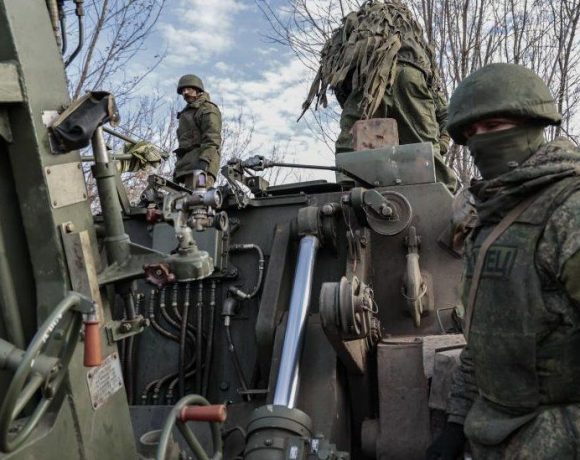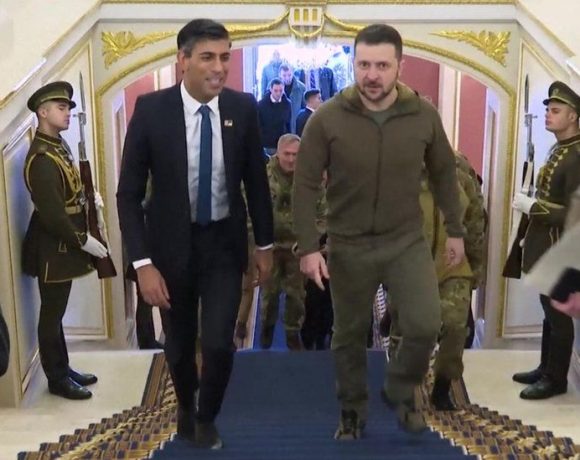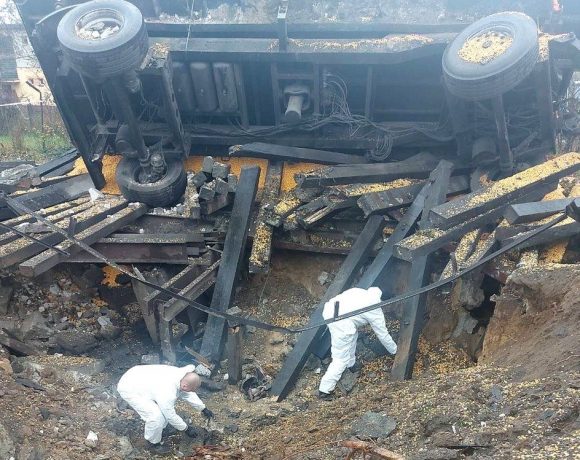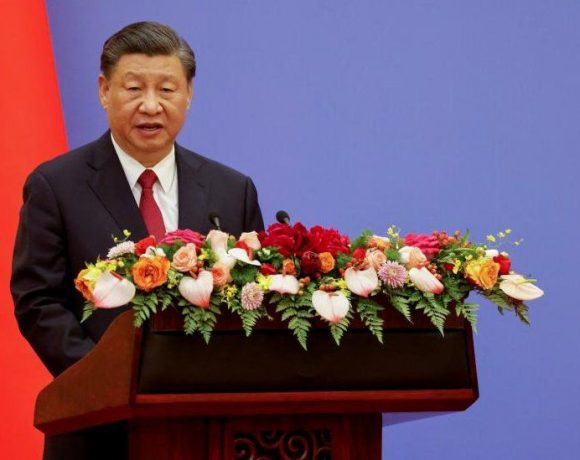
Ukrainian President Volodymr Zelensky announced that he had a significant and lengthy conversation with Chinese President Xi Jinping over the phone, marking their first communication since the beginning of the Russian conflict. Zelensky expressed optimism that the call, coupled with the appointment of an ambassador to Beijing, will positively impact the relationship between the two nations.
China acknowledged the conversation and emphasized their commitment to peace, though they have previously maintained a neutral position regarding the Russian invasion of Ukraine. Notably, President Xi visited Russia recently, indicating a close relationship between the two nations.
During a recent meeting, Ukrainian President Zelensky referred to Russian President Vladimir Putin as his “dear friend” and presented a 12-point peace plan, but did not promise to supply Russia with weapons. Following the meeting, Zelensky invited Chinese President Xi Jinping to visit Kyiv for further discussions, as they had not been in contact since the start of the war in February 2022. In a statement regarding their recent phone call, Xi emphasized China’s commitment to peace and stated that they would not take advantage of the crisis for profit or simply watch from afar.
Picture Courtesy: Google/images are subject to copyright

